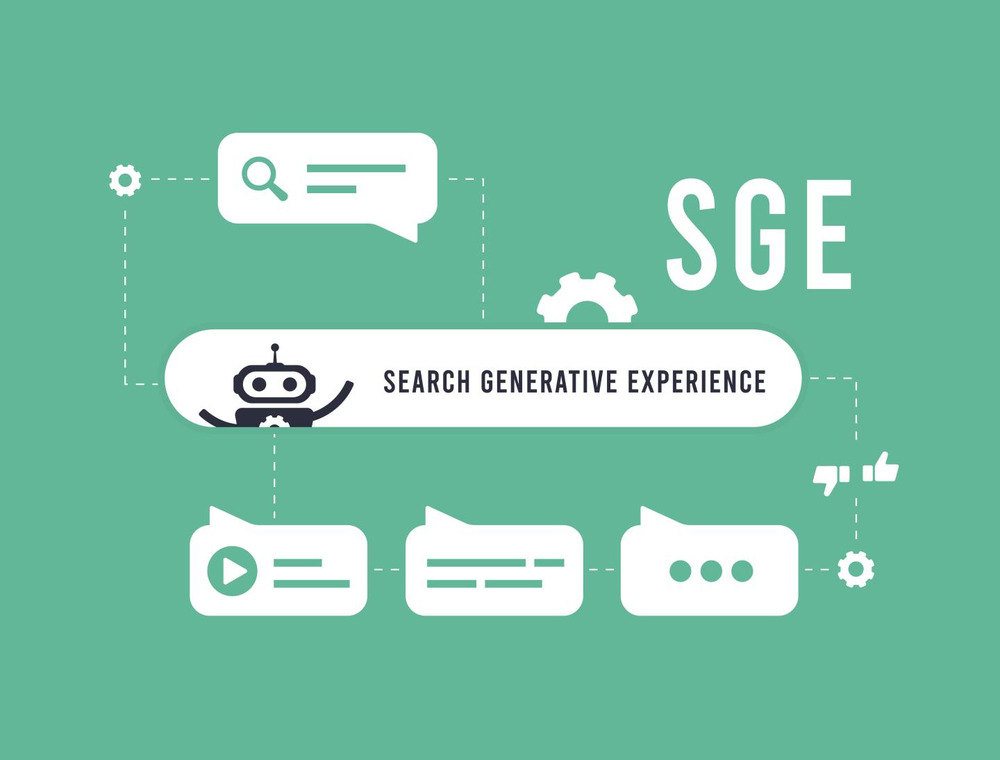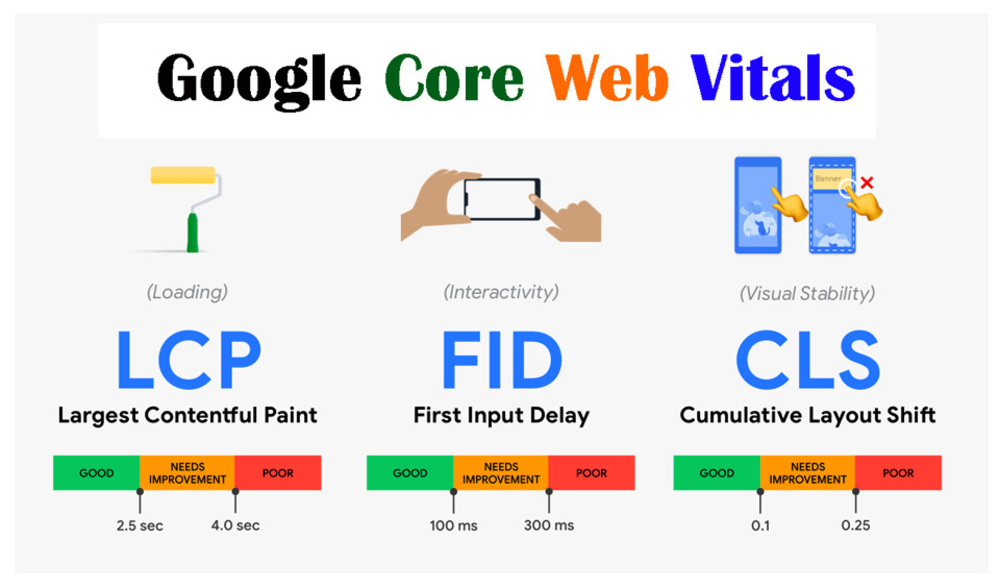Search engines evolve with every query. What worked last year may no longer hold weight, and what’s emerging today could silently define tomorrow’s rankings.
Staying ahead means understanding the signals that shape visibility and knowing where to focus your efforts. This guide highlights the latest SEO trends that carry real impact and shows how to apply them clearly and intentionally.
Table of Contents
Key Takeaways
- SEO success now depends on how well you align with evolving user intent and search behaviour.
- Search engines reward content that is relevant, contextually rich, and well-structured.
- Personalisation, speed, and usability have become essential signals for engagement and ranking factors.
- AI is transforming how content is created and how it is evaluated, requiring a balance of automation and human oversight.
- Strategic planning and technical performance are no longer separate—they work together to drive sustainable visibility.
What Is Considered an SEO Trend?
An SEO trend signals a shift in how search engines assess content or how users search. These trends often emerge in response to algorithm updates, new technologies, and changes in content consumption habits.
Recognising these trends early can shape brilliant content strategies that stay relevant and competitive.
Importance of Implementing SEO Trends
The SEO trends highlight what search engines are rewarding right now, and acting on them can bring measurable improvements:
- Maintains or improves your search rankings in changing algorithm landscapes
- Keeps your content aligned with evolving user expectations
- Strengthens your competitive position against slower adopters
- Enhances site performance and user experience based on updated best practices
- Supports long-term visibility by staying relevant to current search behaviour
7 Latest SEO Trends to Elevate Your Strategy
These are the SEO trends in 2025 to look out for, each one reshaping how visibility, engagement, and ranking potential are achieved.
1. AI-Generated Content & Human Editing

AI tools have transformed the speed and scale of content production. Platforms like ChatGPT, Jasper, and Claude can generate outlines, paragraphs, and even full articles in seconds.
While automation delivers speed and volume, it often lacks the depth, nuance, and credibility that search engines prioritise through E-E-A-T (Experience, Expertise, Authoritativeness, Trustworthiness).
How to leverage this trend:
Use AI to streamline content creation, but apply human editing to refine the voice, verify facts, and add original insight. This balance ensures your content meets quality standards while remaining scalable.
2. Search Generative Experience (SGE)

SGE is Google’s AI-driven feature that provides conversational summaries at the top of search engine results page. It combines generative AI with web links to deliver quick, context-rich answers.
This changes how users consume information, shifting focus to AI-generated overviews. According to Google’s 2024 announcement, SGE is designed to streamline the search process using its Gemini model.
How to leverage this trend:
Optimise content for clear, question-based queries. Use structured formats, rich snippets, and concise answers to improve your chances of being referenced in AI-generated summaries.
3. First-Party Data for SEO Personalisation

With third-party cookies declining, first-party data is now a key asset for shaping content around real user behaviour.
Data gathered directly from your site such as search terms, device type, and interaction history can guide more relevant and effective SEO strategies. It also helps improve user experience by aligning content with intent.
How to leverage this trend:
Use analytics tools to segment your audience based on behaviour and interests. Adapt page content, CTAs, and internal linking to reflect these insights, increasing engagement and search relevance.
4. Voice Search Optimisation

As voice-enabled devices become more integrated into daily life, search behaviour is shifting toward natural, conversational queries.
Users tend to ask complete questions rather than type fragmented keywords, often with local or immediate intent. This trend requires content that mirrors how people speak rather than how they type.
How to leverage this trend:
Focus on long-tail keywords, question-based phrases, and local SEO to match how people speak during voice queries.
Want a deeper dive into voice-friendly strategies? Explore these voice search optimisation tips to see how your brand can stay ahead in this fast-evolving space.
5. Topical Authority Building

Topical authority reflects a website’s perceived expertise and relevance on a specific subject. Based on SurferSEO’s recent study, page-level topical authority was identified as the strongest on-page ranking factor, outperforming even high domain traffic.
Therefore, it highlights the growing importance of structured, theme-focused content strategies in achieving better visibility.
How to leverage this trend:
Create in-depth content clusters centred on key themes, linking related articles to a central pillar page. This structure signals expertise, boosts context for search engines, and improves ranking potential across multiple related queries.
6. Video SEO & Short-Form Content

Video continues to dominate online engagement, with short-form formats gaining rapid traction across search and social platforms.
Search engines increasingly surface video results for informational and how-to queries, especially when paired with strong metadata. Well-optimised videos can increase dwell time, improve rankings, and enhance overall content visibility.
How to leverage this trend:
Optimise video titles, descriptions, and transcripts. Use schema markup and embed videos within relevant content to increase dwell time.
Want to start creating impactful video content? Check out these beginner-friendly video editing tools that help you craft polished, engaging videos with ease.
7. Core Web Vitals & UX Signals

Google evaluates real-world user experience using metrics such as Largest Contentful Paint (LCP), First Input Delay (FID), and Cumulative Layout Shift (CLS).
These signals measure how quickly a page loads, how responsive it is to user input, and how visually stable it remains during interaction. Weak performance in any of these areas can reduce a page’s search visibility, regardless of content quality.
How to leverage this trend:
Improve site speed, ensure mobile responsiveness, and minimise layout shifts to pass Core Web Vitals benchmarks.
Future of SEO with AI
As AI becomes deeply integrated into search technologies, its impact on SEO will continue to accelerate in several key areas:
- Search engines will prioritise context, semantics, and user intent over isolated keywords
- AI tools will streamline keyword research, content generation, and technical audits
- Personalised search results will become more dynamic, adapting in real time to individual behaviour
- Structured data and content clarity will play a larger role in helping AI understand and rank pages
- Marketers will need to develop hybrid strategies that combine automation with strategic human input
Conclusion
SEO evolves through shifts in technology, user intent, and ranking priorities. The trends shaping 2025 reflect more profound changes in how content is discovered, evaluated, and delivered.
Success depends on recognising these signals early and responding with strategies that prioritise clarity, relevance, and technical strength.
Want to stay competitive in a search environment that never stops shifting? Newnormz digital marketing helps brands navigate change with data-driven SEO services tailored to current trends. Contact Newnormz today to optimise with purpose!






